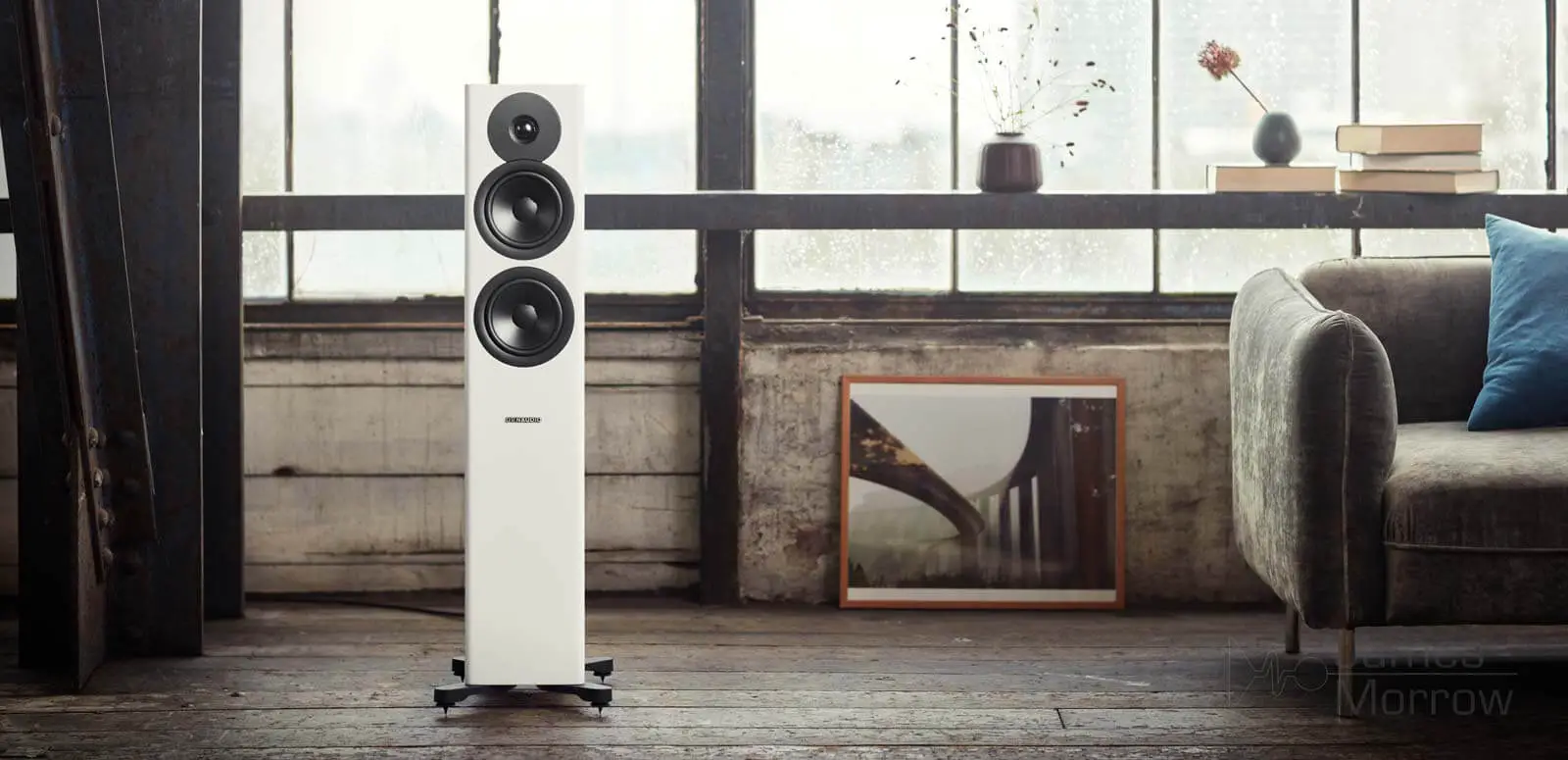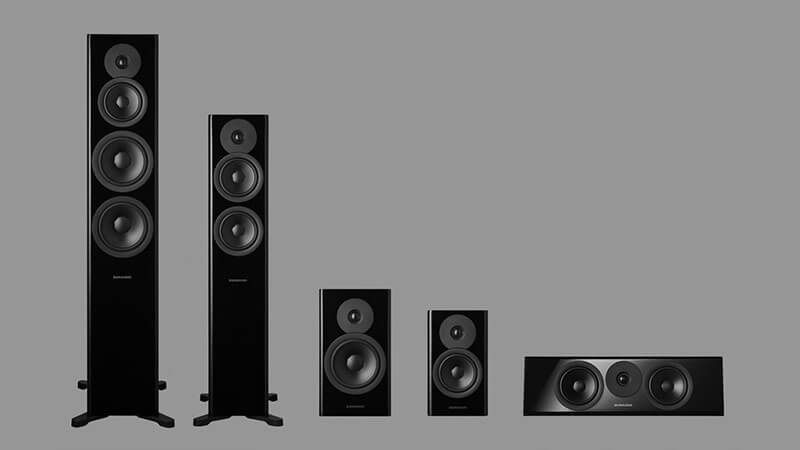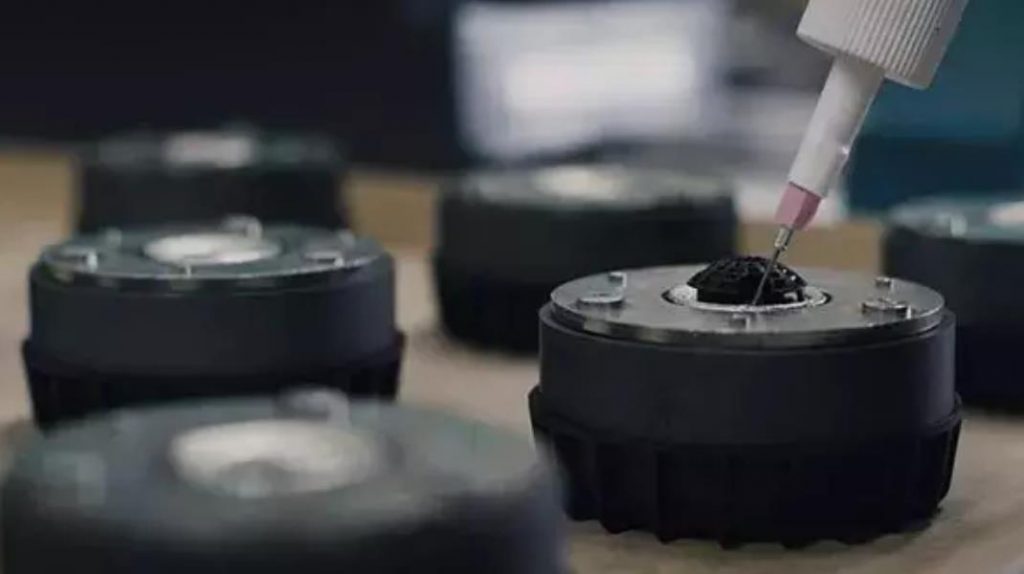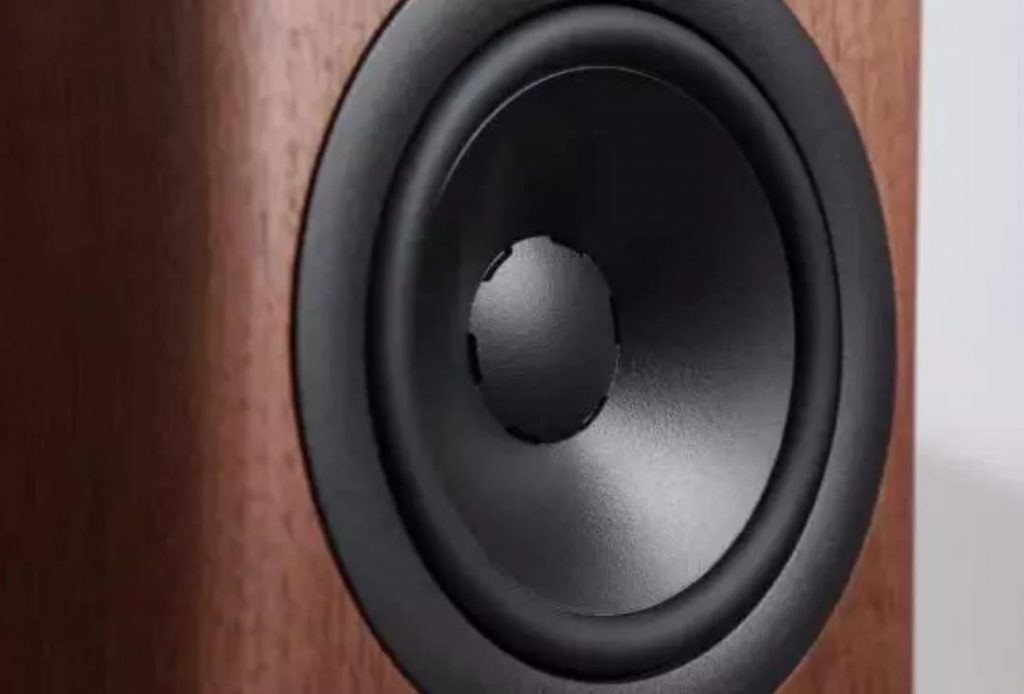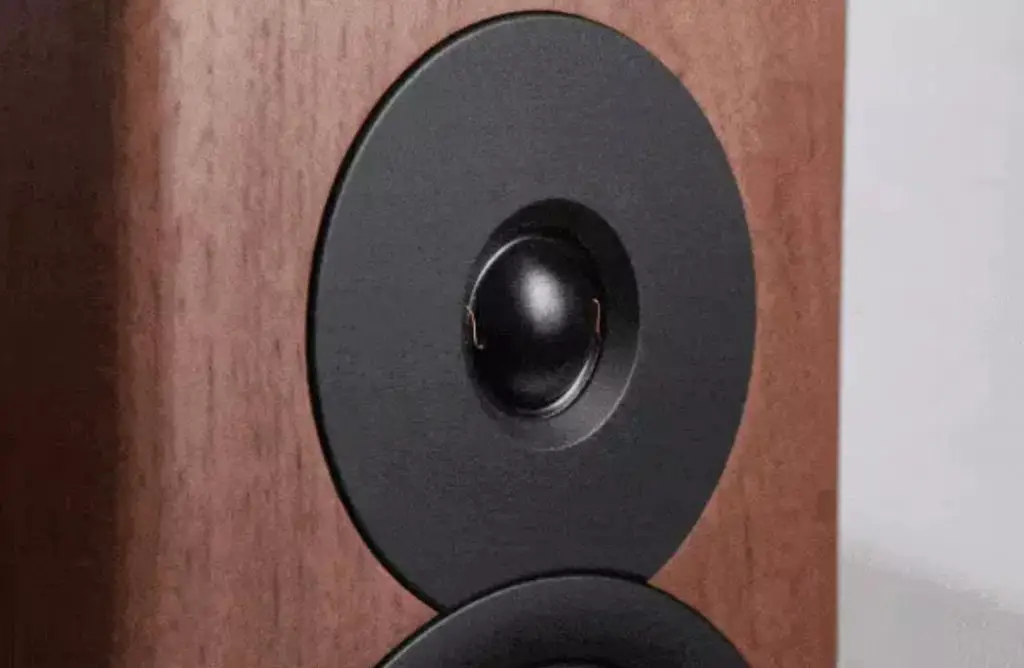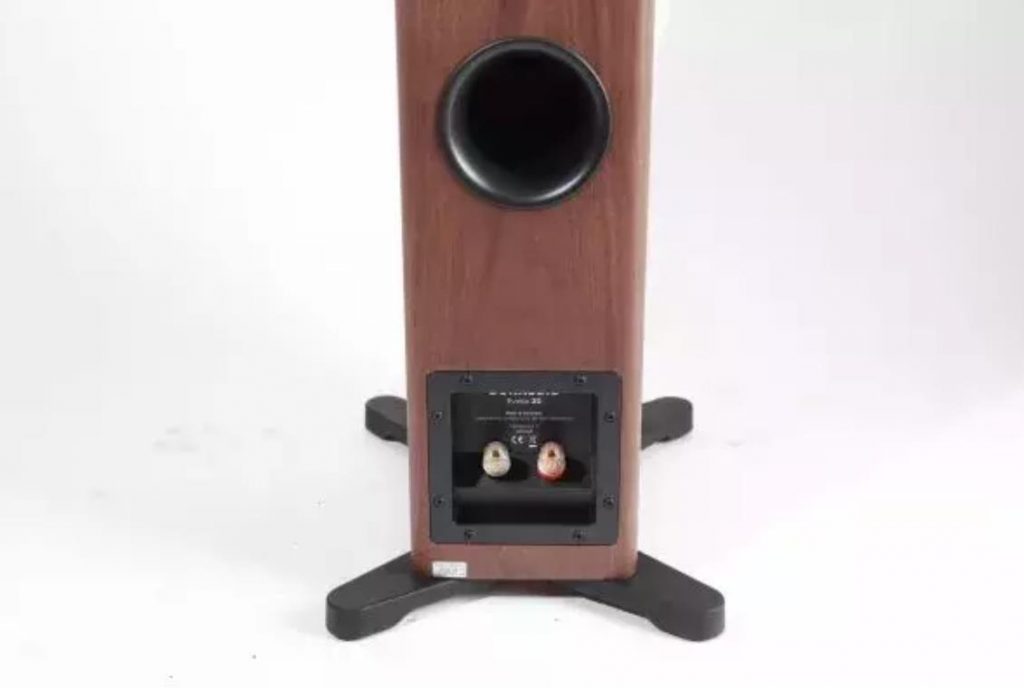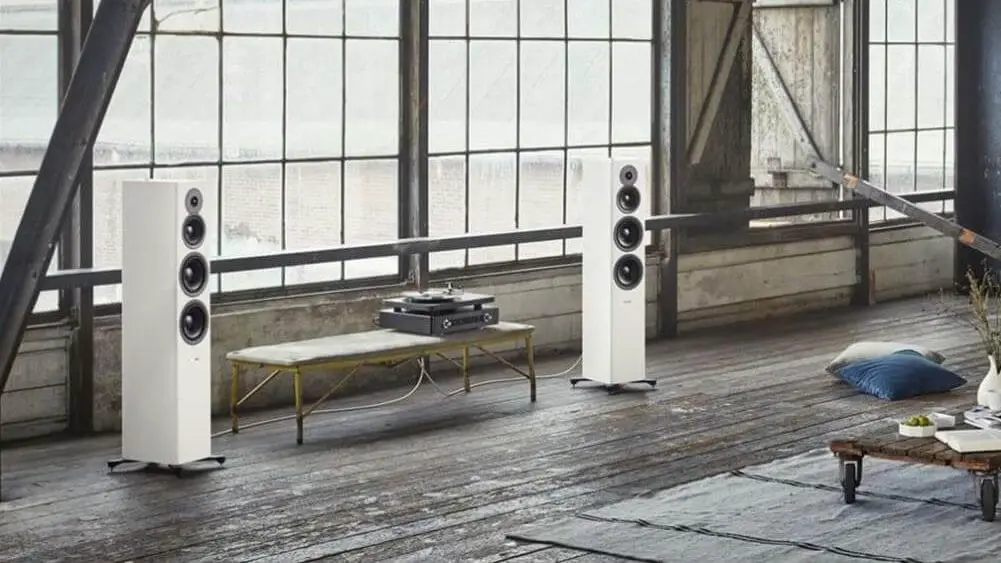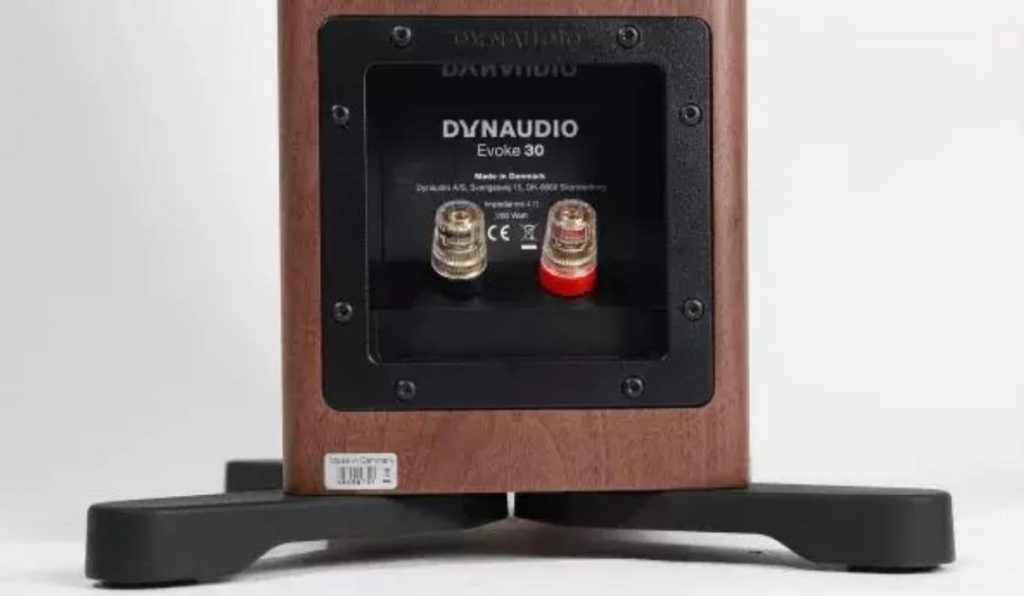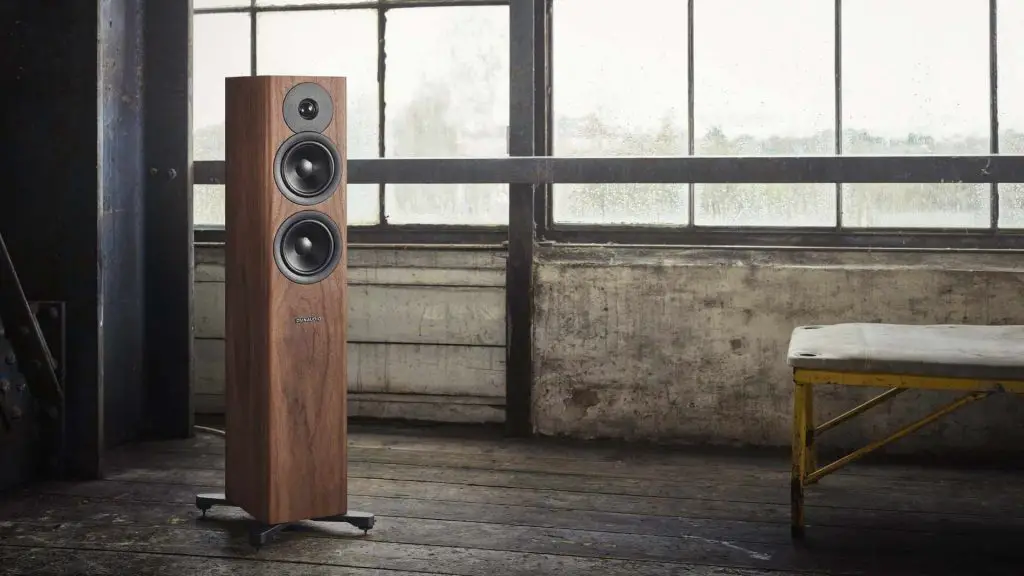Dynaudio Evoke 30 Review
Dynaudio, a speaker factory with a history of more than 40 years, can be regarded as an old brand among many audio brands, but they have never stopped making progress. Especially in recent years, they have frequently launched refreshing products. Dynaudio is witnessing their vitality to the world.
Following the debut of the new Confidence, Dynaudio also launched the affordable Evoke series. It looks like a traditional appearance but incorporates the aesthetic genes they have cultivated in the past few years. It has changed the square shape and straight angles of the past and added many elements of arcs and non-parallel lines. These elements are the iconic elements of Dynaudio.
When other manufacturers try to use materials to create a sense of modernity, Dynaudio still maintains a low-key and simple texture on the full range of products. The appearance of their products presents a calm, restrained temperament and tolerance of the times.
The Evoke series currently launches a total of five products, including two floor-standing-Evoke 50 and 30, 2 bookshelves-Evoke 20 and 10, and 1 mid-mounted-Evoke 25C. The five loudspeakers share the new technology, as well as the decentralized technology of high-end products. These factors make the Evoke series close to the entry-level, but it has full strength.
Cerotar Tweeter with Hexis Technology
Dynaudio applied the experience of developing the Esotar Forty on the Special Forty and the Esotar 3 tweeter on the New Confidence to develop the tweeter of the new Evoke Series, thus making this Cerotar tweeter exclusive to the Evoke series. There are two critical technologies for this tweeter. First, it uses strontium carbonate Ferrite+ ceramic magnets to form a magnetic system. This kind of magnet has excellent resistance to demagnetization and can almost be regarded as a permanent magnet. Dynaudio’s first trick is to give the tweeter a strong magnetic force to have full control.
Second, behind this 28mm silk convex cone diaphragm, there is a rigid polymer hemispherical cover with holes on it. This design is called Hexis, which is used to disperse the tweeter’s back wave to cooperate with the back cavity for sound absorption, thereby eliminating back wave interference. This Hexis technology was first used in New Confidence, and now it is also used in Evoke. Moreover, this structure has an efficient function, which is enough to support the tweeter diaphragm on the back without fear of being bumped. Generally, manufacturers install metal nets or waveguides in front of the monomer to protect the treble. Dynaudio is brilliant in doing this.
Esotec+ Mid-bass with the Small Voice Coil, Long-Stroke, Strong Magnetic System
Below the tweeter, there are two 140mm woofers, both of which are MSP diaphragms that Dynaudio is good at. Lightweight and high hardness, coupled with the polymer’s excellent damping characteristics, is the best material that Dynaudio believes in. It is worth mentioning that this single unit continues to maintain Dynaudio’s small voice coil and long-stroke design since New Countour. To make the driver control better, it can support the low distortion of the large voice coil and short stroke.
The mid-bass unit magnet is the same as the iron powder core magnet made of strontium carbonate and then equipped with 52mm aluminium wire voice coil. They call the enhanced mid-bass unit of this magnetic system Esotec+ MSP Woofer. Regardless of the treble or woofer, it is the exclusive design of Evoke 30 speakers. This is also an important reason why Dynaudio has been able to stand firm in the audio industry for many years.
Each time Dynaudio launches a series, it develops a new driver for that series, and even different models of the same series have their drivers. Cerotar treble is exclusive to the Evoke series. Esotech+ bass is exclusive to Evoke. Even the single-body design on the Evoke 30 is different from the Evoke 50. They tailor the best driver unit for each product so that each Dynaudio speaker has its DNA.
The two mid-bass sounds look the same, but the working frequency bands are different. The upper unit is responsible for the frequency band below 2300 Hz, and the lower one is responsible for the frequency band below 1200 Hz. As a 2.5-channel speaker, this crossover setting makes people wonder why the second woofer needs to be accountable for such a wide frequency band below 1200Hz? Dynaudio’s statement is: increasing the overlap range of the two units can enhance the low-frequency performance.
However, the 2.5-channel woofer is usually set in the frequency band that compensates for the low-frequency sense, mostly below 500Hz, while the second bass of the Evoke 30 works from 1200Hz. It is very risky to cut in the middle of the midrange like this, but Dynaudio does it well.
Combining Fashion and Traditional Cabinet Design
The exterior design continues the traditional shape of Dynaudio but incorporates the design elements of Dynaudio in recent years. The wide, thick and narrow design of Evoke 30 makes the side panels not arc-shaped like New Contour and New Confidence, but it still helps to reduce internal standing waves. The bass reflex hole is located at the back. There is also a sponge plug. The user can choose to plug or not plug the reflex hole according to the back wall’s distance and personal sound preference.
Foot spikes can be installed under the bottom of the Evoke 30 to reduce vibration conduction and interference with sound quality, and the speaker level can also be adjusted. The user also does not need to install foot spikes, and the bottom plate has a rubber pad so that you can land directly. In terms of sound, adding foot spikes will make the sound cleaner.
Transparent and Open Sense of Stage
Evoke 30 is a pair of cute little floor speakers. Speakers of this size will not be abrupt when placed in the living room at home. However, don’t underestimate it because of this. The symphony is also very infectious.
Beethoven’s Symphony No. 3, the first two strong performances at the beginning of the first movement, are powerful. Then the woodwind brings out the first theme, and then the orchestra flaunts its energy and repeats it. Between the ups and downs, if I close my eyes, I don’t think this is the sound of the Evoke 30, which is less than one meter in height. It has the precision and meticulousness that Dynaudio is good at, the sound field is transparent, and the stage is open. What’s more important is the fullness of the low-frequency sound waves when the bass strings and timpani hit considerably exceed my imagination of the low-frequency sound of its volume.
If you plug the sponge plug into the bass reflex hole, the low-frequency volume will be reduced slightly, but the sound response will be faster, the stage picture will become more transparent, and the sound quality will increase. However, if the reflex hole is kept open, in addition to the fuller bass, the sound will be more relaxed.
If it is plugged, it will make the speaker more inclined to the bookshelf speaker’s characteristics, and if it is not plugged, it will let Evoke 30 show its little giant style. How to choose? I think it depends on the user’s environment. The bass port of Evoke 30 is located at the back. If space does not allow the distance between the speaker and the back wall, and there is too much low frequency, plugging the bass port will be a simple solution. However, everyone has different perceptions of low-frequency volume and sponge plugs, which is to make Evoke 30 adapt to more people’s tastes.
The Precision of the Bookshelf Speakers and the Momentum of the Floorstanding Speakers
Dynaudio Evoke 30 clearly outlines the stage, and each voice is clear. It seems that Dynaudio has handled the time phase issue quite well on the Evoke 30. Otherwise, there would be no such outstanding sense of positioning, layering and transparency.
The violin’s position and the wood pipe can be heard, and everything is different from front to back and left to right, and it is clear and specific. At New Confidence, they used MTM’s single arrangement to create a point source of the sound. Although there is no such arrangement on the Evoke 30, the centre of the tweeter and midrange are close to each other, as if a single unit is responsible for all frequency bands above 1200Hz.
On the one hand, Evoke 30 retains the weight and fullness that music should have, but on the other hand, it shows a high degree of transparency and clarity, much like the performance of a high-end bookshelf speaker. But its low frequency, thickness and looseness are better than most bookshelf speakers. If you like the bookshelf speakers’ clarity and precision, but always regret the low-frequency extension and stability of the bottom plate, picking a pair of high-quality small floor speakers is a positive answer. The Evoke 30 fully illustrates its capabilities in the Beethoven Symphony.
Unimaginable Low-frequency Energy
Evoke 30 plays jazz, its precise and clear characteristics. Play a piece of small jazz music, the sound, timbre, and positioning accuracy of each instrument are very high, the vocal cohesion is good enough, and the singing voice is excellent. For example, Cassandra Wilson’s “Rendezvous” album, the first track of the old jazz song “Old Devil Moon” showed a misty atmosphere and lazy mood.
Cassandra’s singing is thick and deep, especially warm and mellow in Evoke 30. The various percussion music and Jacky Terrason’s piano are very grainy, distinct and clear.
The bass and drums of the third song “Tennessee Waltz” sound deep and heavy. This is very challenging for a small floor speaker equipped with a small size monomer. The bass that comes out is often unnatural, and the hard-squeezed low frequency is loose. But Dynaudio Evoke 30 sounded very enjoyable, with strong bass when the reflex hole was plugged. Remove the sponge plug. The low frequency will not be mixed. On the contrary, the fuller and extended low frequency make the music sound more three-dimensional. That’s why I said earlier that if the reflex hole should be plugged, there is no guarantee, you have to try it yourself to know.
Dynaudio used a driver unit with a large voice coil and a short-stroke for a shorter stroke and less distortion. This makes many classical music lovers fall in love with Dynaudio. In recent years, they have begun to reduce the voice coil calibre and adopt a long-stroke design. With a long stroke, more air is pushed, the low-frequency volume and extension will improve. This change allows Contour 60 to show its majestic momentum easily. The same design concept is implemented on small floor speakers such as Evoke 30. The audition experience I mentioned earlier has brought out the effects of this change. Evoke 30 has a performance that surpasses its box volume and its single size. Although popular music is not as stringent as the replay of classical music, the equipment’s quality can still be identified during the replay.
Conclusion
Dynaudio’s new Evoke 30 series speakers are suitable for general homes, HiFi rooms and even bedrooms, providing excellent music replay capabilities and full Hi-Fi performance. Evoke is equipped with a newly designed Cerotar tweeter and Dynaudio’s top-down outstanding technology and production quality.
Through a large amount of accumulated experience, technology and structural analysis, and hundreds of hours of adjustment with human ears, it is matched with the newly developed Cerotar tweeter, which makes its debut and is mounted on the entire Evoke series.
Cerotar is a change from the Esotar3 tweeter on the Dynaudio 40th-anniversary. Cerotar uses Hexis damping technology. This technology was previously only used on the Confidence series. Hexis can improve the airflow on the back of the tweeter diaphragm and eliminate the back’s frequency response and noise. The necessary resonance makes the sound cleaner.
Esotec+ MSP woofer is as good as ever. It adopts an integrally formed diaphragm manufacturing method. It uses a new suspension design and optimized Ferrite+ magnet system to improve its energy, frequency response range and low-frequency dynamics while maintaining stable mid-frequency characteristics.
Evoke 30 inherits the essence of Dynaudio technology and is definitely worth buying.
Dynaudio Evoke 30 Specs
- Sensitivity: 88dB (2.83V/1m)
- IEC power handling: 200W
- Impedance: 4Ω
- Frequency response (±3dB): 40Hz–23kHz
- Box principle: Bass reflex rear ported
- Crossover: 2.5-way
- Crossover frequency: 1200/2300Hz
- Crossover topology: 2nd order
- Woofer: 2x14cm MSP cone
- Tweeter: 28mm Cerotar with Hexis
- Weight: 15.5kg/34.2lb
- Dimensions (W x H x D): 180x900x267mm/7.1×35.4×10.5in
- Dimensions with feet/grille (W x H x D): 268x920x342mm/10.6×36.2×13.5in
